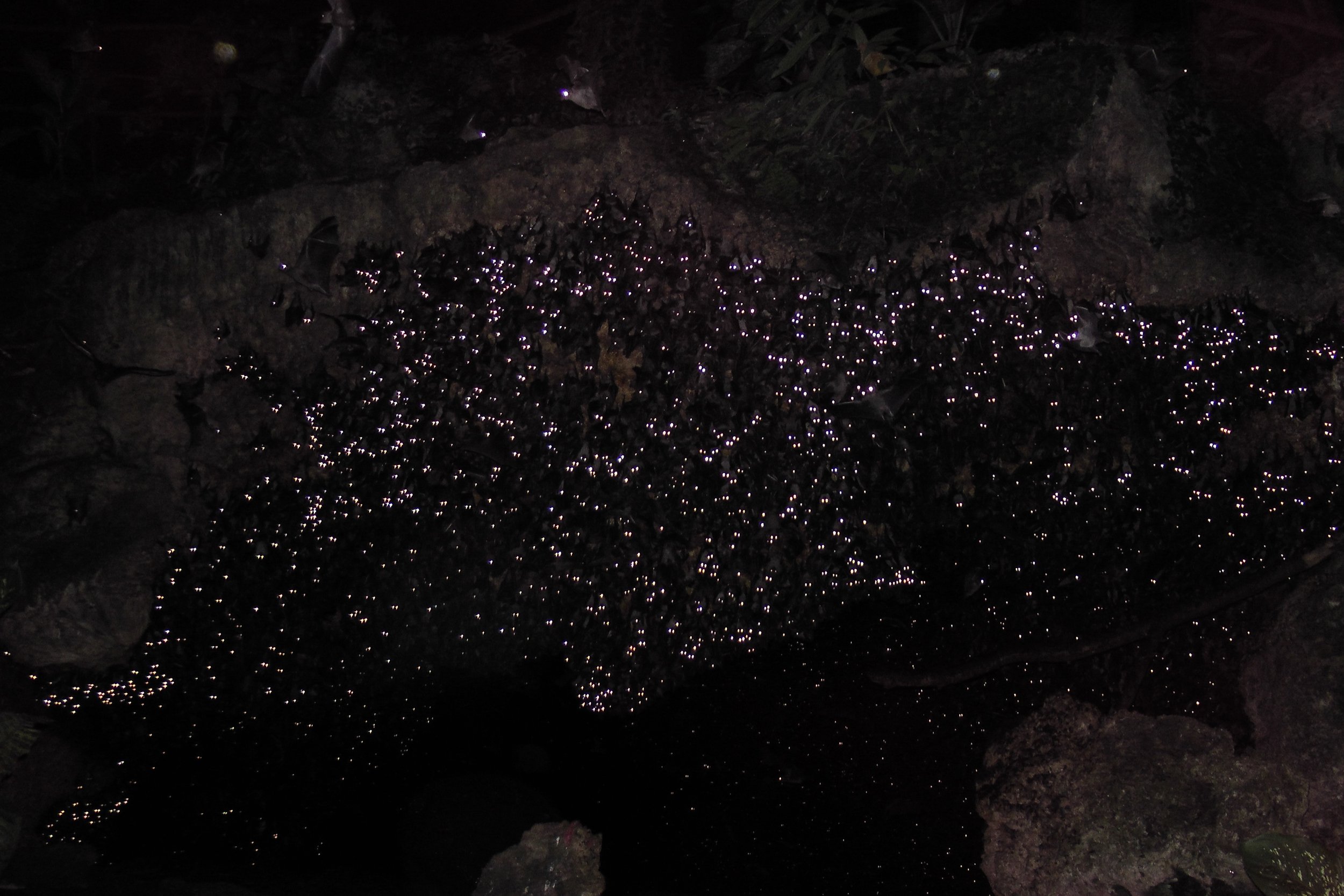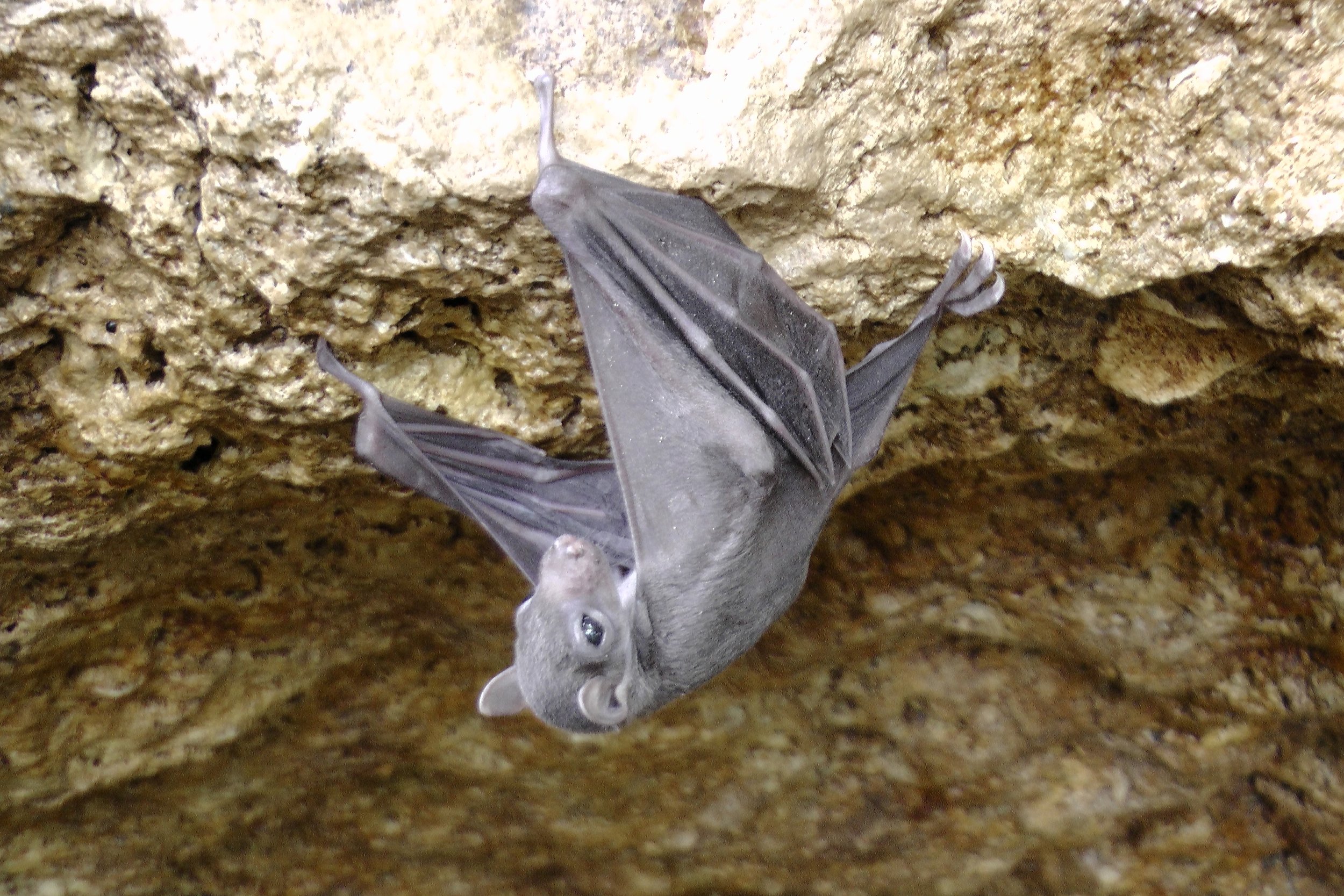
The Bat’s Garden
The Story Behind My Story
When I was an undergraduate in college, I unexpectedly fell in love with birds after taking an ornithology course with an amazing professor. I had never fully appreciated how many species there were, how vibrant and intricate their plumage could be, or how much fun it was to track them down and identify them. It felt like a real-life game of Pokémon. I loved it so much that I asked to tag along on future birding labs—and to my surprise, the professor said yes. As long as my classes didn’t overlap, I went to every single one.
I kept taking courses with that same professor, and over time he became a mentor. He knew I was considering graduate school but hadn’t quite made up my mind. I thought I’d study birds, but wasn’t sure whether I wanted to start a career first or dive straight into research.
Then, during my senior year, my professor approached me about a graduate project. But it wasn’t about birds—it was about bats. He was launching a research project in the Philippines, studying a massive colony of fruit bats called Geoffroy’s rousettes. He thought I’d be a great fit for the team. I was honored to be asked, but at first, I said no. I couldn’t imagine traveling across the world, and I still had my heart set on birds.
But he didn’t give up. He kept finding ways to spark my curiosity—mentioning how we’d be some of the first scientists to study this bat colony in the wild, how journalists in the Philippines were already interested in the project, how the work would likely be published. Eventually, I started to see the bigger picture. I got less intimidated, more curious, and finally said yes.
A few months later, I was on a plane to the Philippines. I chose to study the reproductive behavior of this fruit bat species—a subject scientists knew very little about. The colony we observed lived in a sanctuary cave with multiple wide entrances, open to visitors but undisturbed by human presence. That unique setup allowed us to collect over 300 hours of behavioral data. We ended up capturing some of the first footage and descriptions of the natural mating and birthing behaviors of these bats.
That experience—and the other bat research I did during graduate school—completely changed the direction of my life. I fell in love with bats. They’re misunderstood and underappreciated, yet incredibly diverse, ecologically important, and astonishingly well-adapted. I knew I had to share that wonder with children.
The Bat’s Garden is the first of what I hope will be many bat books—gentle, wonder-filled stories that show kids just how magical these creatures really are.
Discussion Questions For Readers
What are two different kinds of bats and what do they eat?
How do fruit bats help new plants and trees grow?
What is seed dispersal? Can you think of other animals that help plants this way?
Why are bats important to people, even if we don’t always see them?
What surprised you most about bats after reading the book?
What kind of bat do you think Pip is? What do you think she might do next?
(Bonus question for reflection: How can we help protect bats where we live?)
Additional Resources
A great introduction to bat species and their threats.
A documentary about bats for older kids.
Simple bat facts and activities and activites for kids






